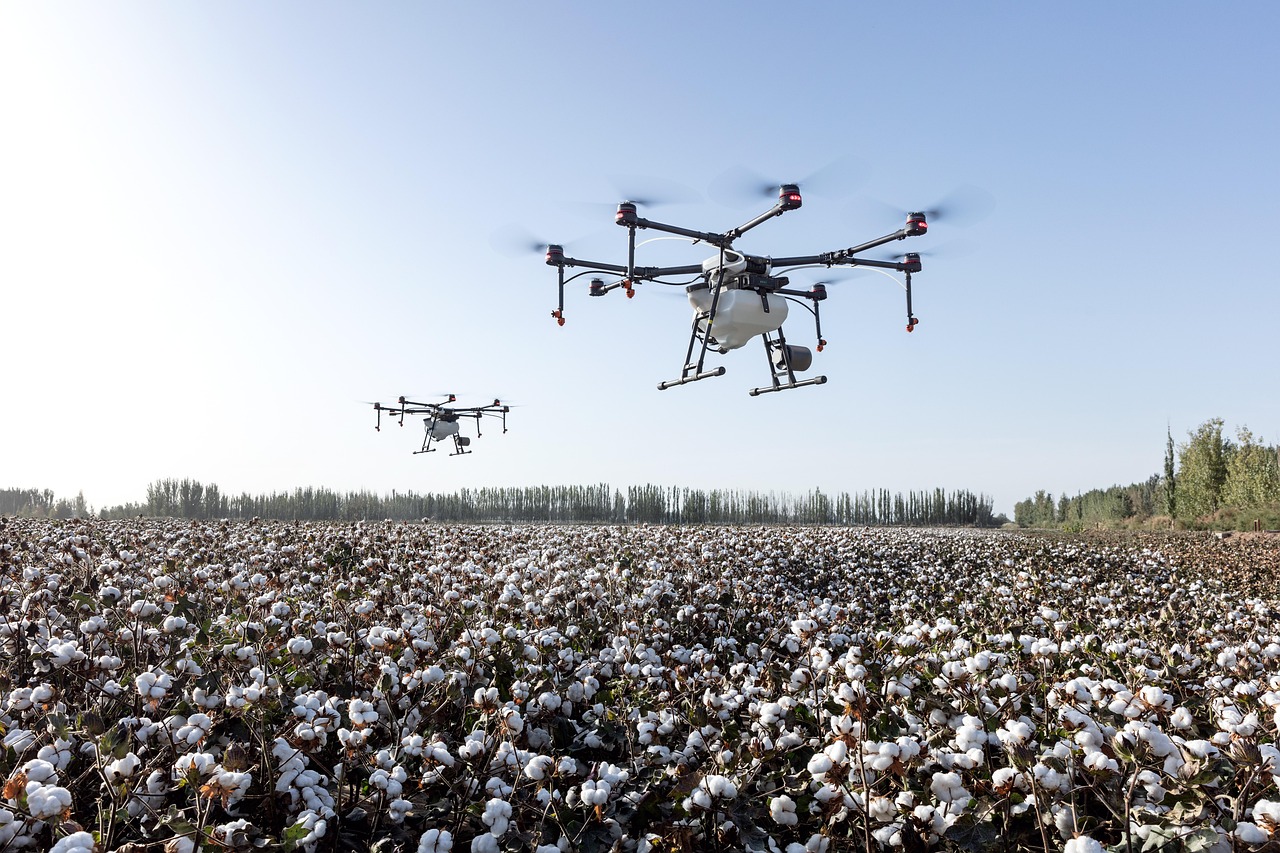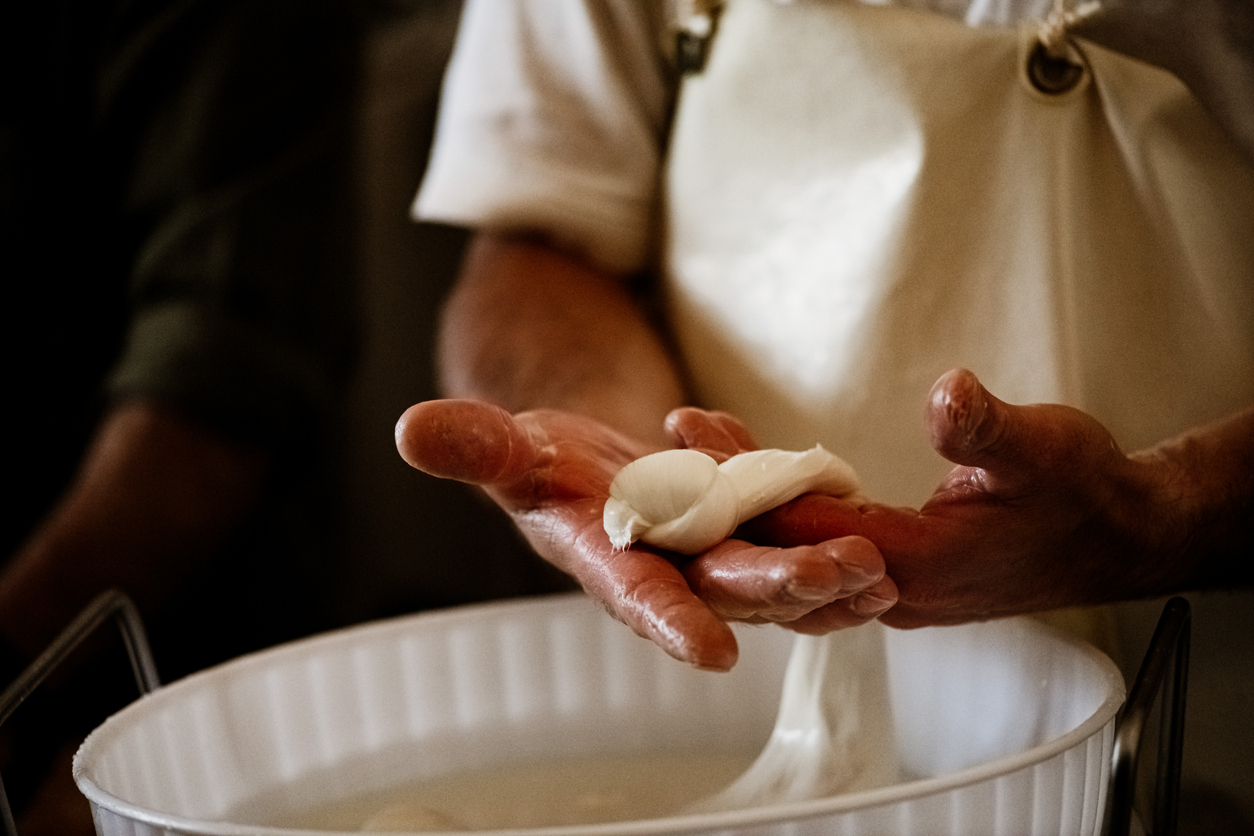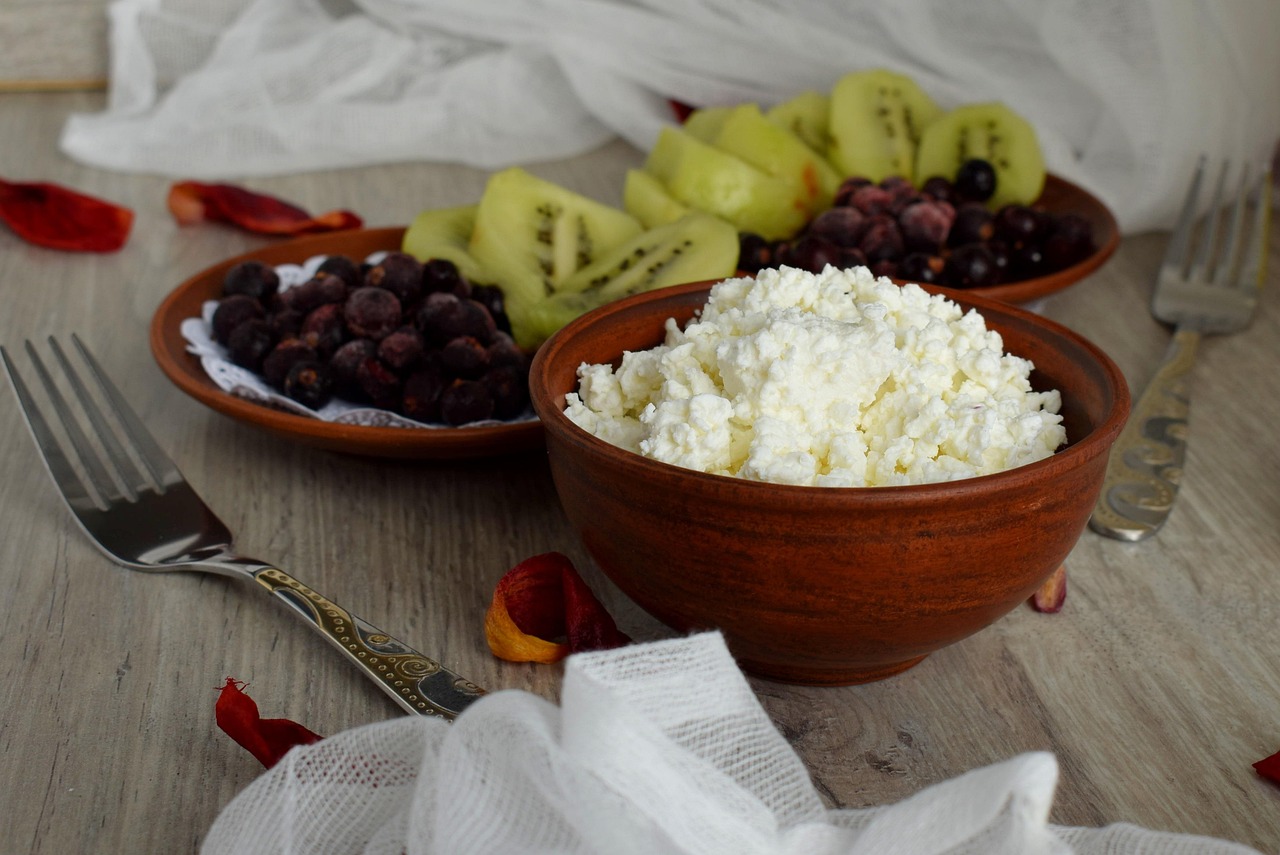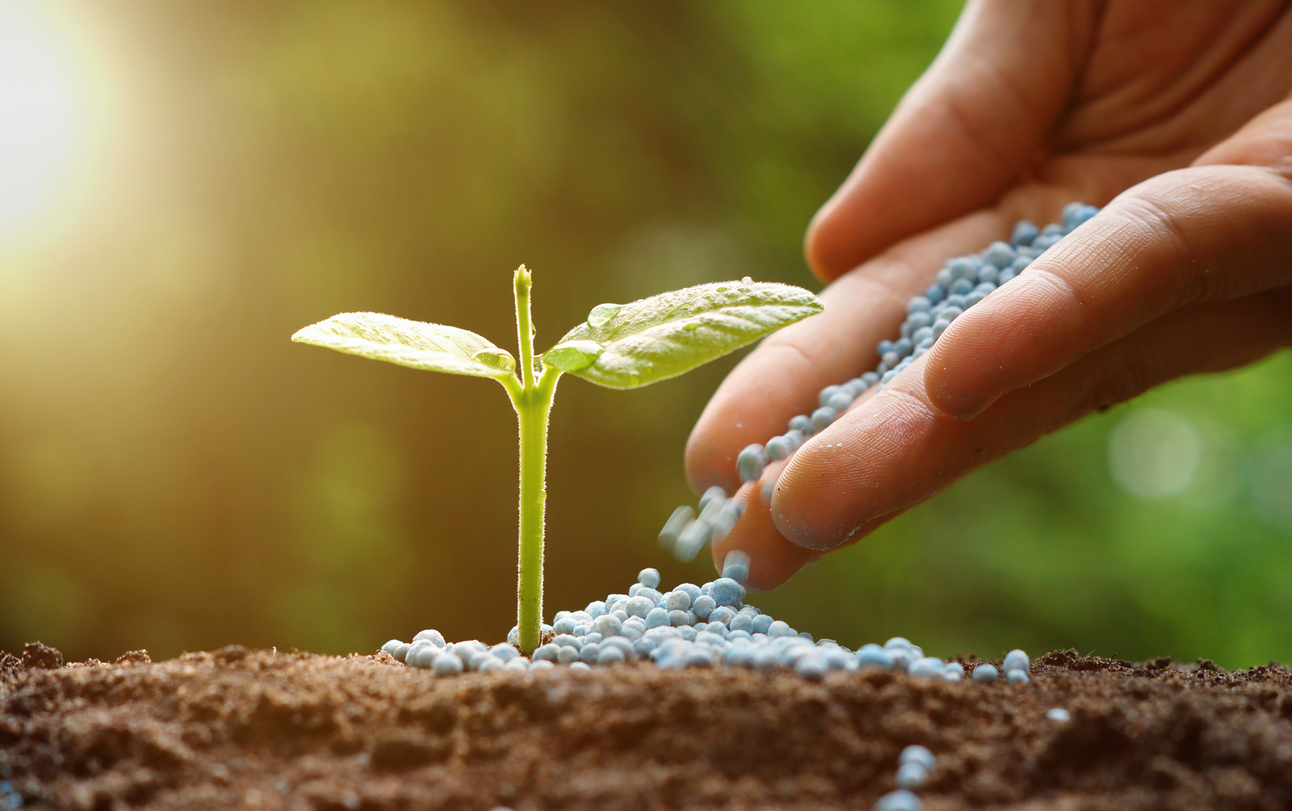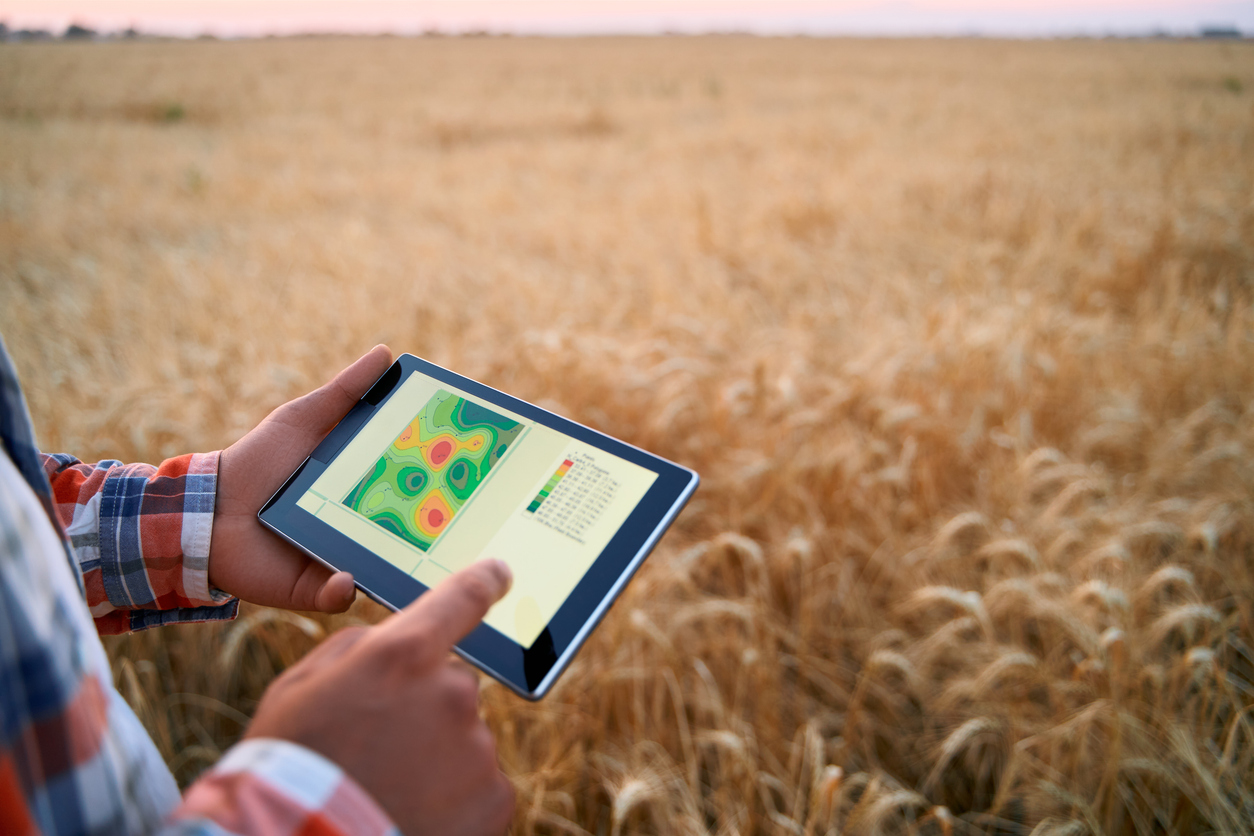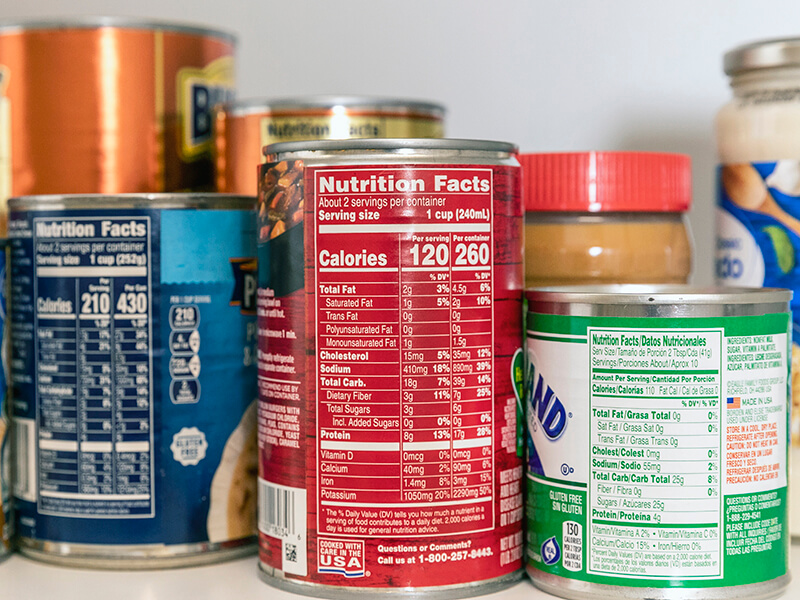Apple Science: Comparing Apples and Onions
Students explore heredity concepts by comparing observable traits of apples and onions, collecting data on the traits of different apple varieties, and investigating apple production. Additional activities include hands-on methods for testing apple ripeness.
